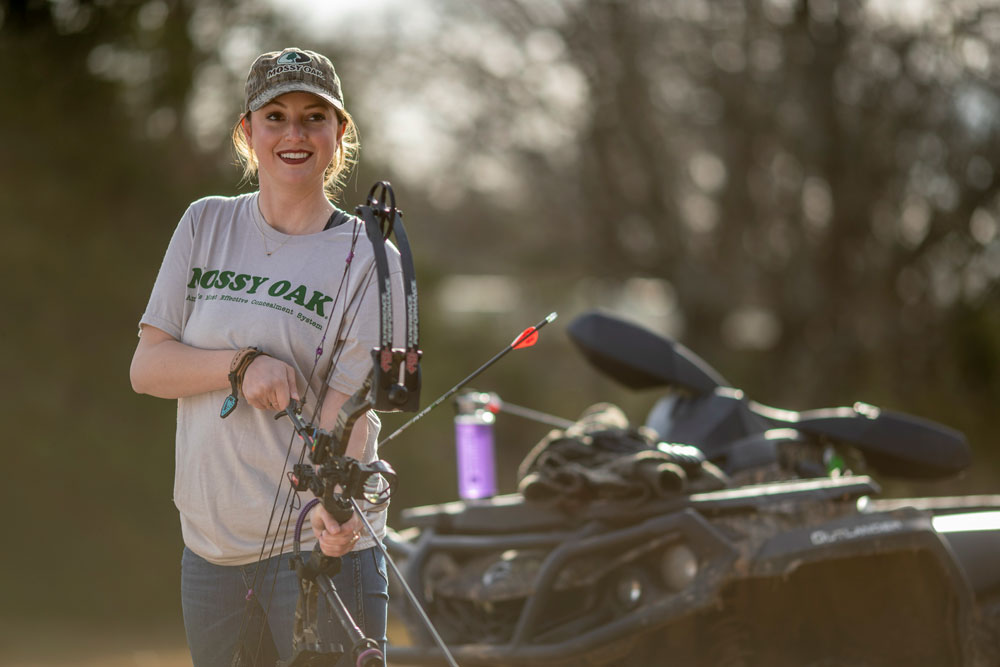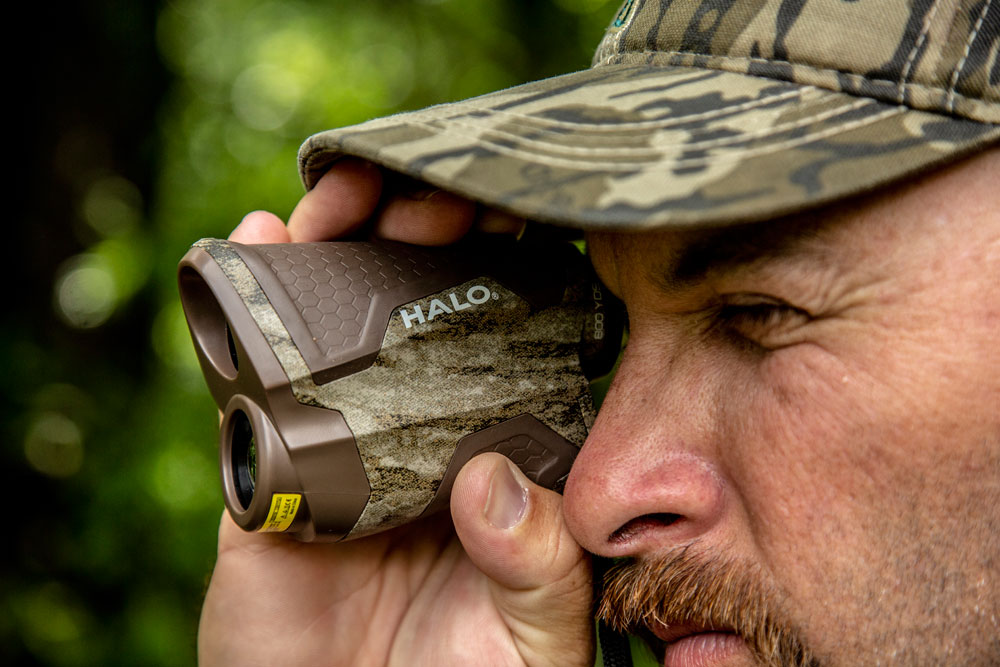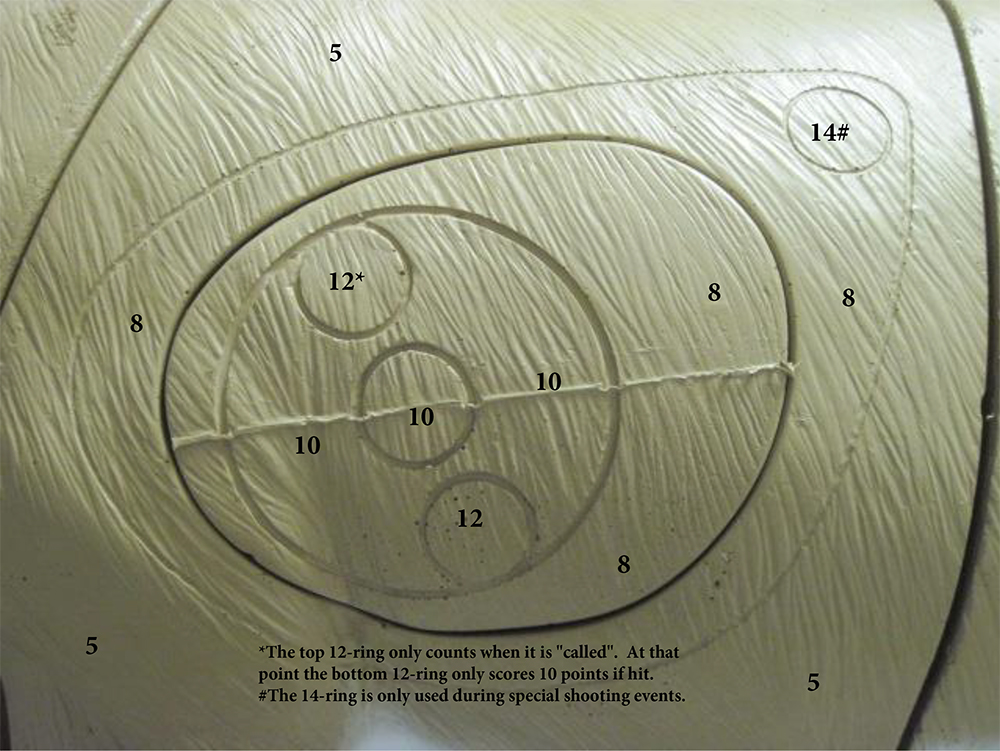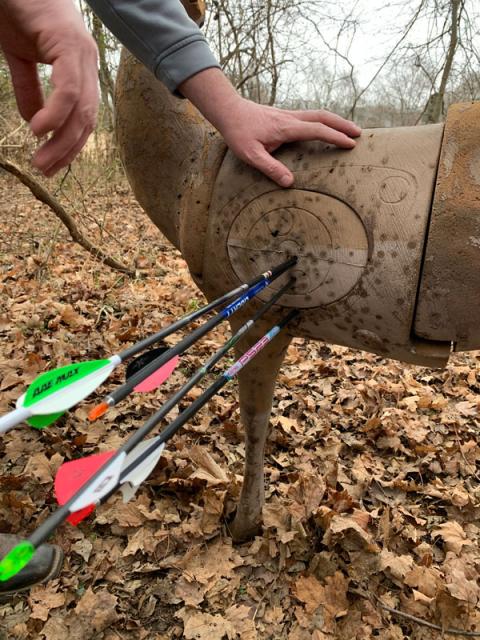So, you want to get into 3D archery tournaments?
Great! It’s a fantastic way to keep your hunting skills honed and ready for the hunting season in the fall, and it’s a fun activity to do with your hunting buddies or family. It not only helps you understand angles and positioning better than paper targets, but it also gets you used to the adrenaline and pressure that comes with competition and, most importantly, pulling back on a deer.
You’ll be aiming at 3 dimensional targets both uphill and downhill in all weather conditions. Targets could also be partially obscured by trees or other natural objects. If you can get through a 3D course, you’ll be ready for the woods.
We’ve compiled a quick guidebook to the main 3D archery questions, including:
+ What gear do I need for a 3D archery tournament?
+ How does the scoring work at a 3D archery tournament?
+ How do I find 3D archery tournaments near me?
No matter how green or how experienced you are with a bow—there’s fun to be had by all shooting at targets such as elk, crocodiles, skunks, bears, and even Bigfoot.

Here’s how to get started.
3D Archery Gear: What You Need
In a simple sentence, here’s everything you’ll need: a bow, 6-ish arrows, a quiver, a release, and binoculars. A rangefinder is allowed if you’re competing in a “known” (known distance) class.
Now, we’ll get into the different types and details of this gear.
Bows:
The two main classes of bows are compound and recurve. Traditional wooden bows and longbows are normally allowed, but you should check the organization’s website to make sure they’re legal for that specific tournament.
Crossbows are almost never allowed, as they inflict too much damage to the targets.
If you’re shooting with a compound bow, you’ll want to think about cranking down your 80-lb draw weight to a more manageable weight. Steadiness and being able to hold back for a while is more important in tournament archery than going far into the target. Plus, it’s going to be a nightmare to pull out your arrows!
As for your sight, all are allowed except laser sights. Whether you’re using a 5-pin sight or a single, magnified pin sight, it’s totally up to your preference.
A stabilizer on your bow is pretty essential to success. A short stabilizer is preferred by hunters, as it doesn’t get in the way when shooting in tight spaces. A long stabilizer will offer more accurate shots at longer distances, and is more preferred in the tournament world. If you’re really just looking to practice your hunting rig, don’t worry about just using your short stabilizer.
Arrows:
I will preface this by saying NO BROADHEADS are allowed anywhere near the tournament site. They can do major damage to the very expensive targets.
Arrows are a pretty important component of the tournament process. Arrows with a thick shaft are everywhere in the tournament world, as they allow you a little more wiggle room to hit the marks. You’ll not want to use these for hunting, though.
If you’re shooting under 50 lbs, you should just use regular arrows. But, if you’re over 50 lbs draw weight, you should consider using the thicker arrows. You can grab these arrows at usually any bow shop.
You probably won’t need to bring more than 6 arrows. Ideally, you won’t lose any, but it’s better to be safe than sorry.
Release:
There’s a lot of different releases out there.
The back tension release is most popular for those who struggle with flinching or target panic, and tons of archers in the tournament community use this type of release.
The index finger release is arguably the most popular release in the hunting community, but it can cause a lot of inaccuracy with “trigger punching.” For those using this release, practicing a smooth squeeze is key.
The tension activated release is the most common in the tournament world. In a sense, you are the trigger, and archers who desire a surprise shot will prefer this release.
The thumb trigger release is the last type of mechanical release, and it combines the index finger and back tension releases. It has a trigger, but it reduces the trigger punching problem that the index finger release can have.
All releases have their own pros and cons, and every person has their own preference. All these types are allowed in the tournament arena, so just stick to your favorite!

Binoculars and Rangefinders:
You’ll definitely need to bring binoculars so that you can identify the higher-point rings. But bringing a rangefinder totally depends on whether you want to try judging distance or not. Judging distances is the iconic and classic way to compete in 3D tournaments, and many argue that it’s the most important skill an archer can have.
But, if you’re new to 3D archery, it might be best to start off in a “known” category, meaning you can use a rangefinder. Just don’t share the distances with others in your group, as some people may be judging distances.
3D Archery Scoring: How It Works
The scoring system for 3D archery tournaments is relatively simple. 5 points for hitting the target at all, 8 points for hitting it within an outer ring, 10 points for the inner ring, 12 points for the quarter-sized rings within the 10 point ring, and a 14 point quarter-sized ring on the edge of the 8 point ring.
See the diagram from ASAarchery.com below.

Ideally, you’ll shoot all 10s, scoring an even 200 points among 20 targets. If you shoot below 200, for example 190, you’re “10 down.” If you shoot 210, you’re “10 up.” If you have an odd numbered score, then that means you got at least one 5-point shot.
The lower 12-point ring is always in play, but to get 12 points for the upper ring, you have to call it ahead of your shot.
So, like golf, you’ll walk the course with a group of 3-6-ish people and take turns shooting at each target. Everyone will shoot, then everyone will go together to pull arrows. By creating witnesses to your score, it eliminates the possibility of cheating. In qualifiers, you’ll have another person writing down your score to keep you honest!
3D Tournaments Near You: How to Find Them
You’ll want to try three ways to find tournaments near you.
The first way is the check out the ASA website to find clubs near you. You can then usually find the club website or Facebook page to see when they’re hosting tournaments. You’ll also want to sign up for an ASA membership if you want to compete in qualifier tournaments.
The next way is by talking to your local archery shop. They will be aware of any tournaments in the area, and can help you get ready with any gear or tweaks to your bow you may need.
The last way to find tournaments near you is by using a simple Google search. Try “3D archery tournaments near [city, state].” That should at least provide some leads in the right direction.
Don’t forget to have fun out there. Competing archers are friendly folks, and they’re usually more than happy to help you with any questions or concerns you may have out on the course. You may even meet a new hunting buddy in the process.
Try Mossy Oak Wellness’s Focus Fuel to hold steady and maintain concentration at 3D archery tournaments.



























